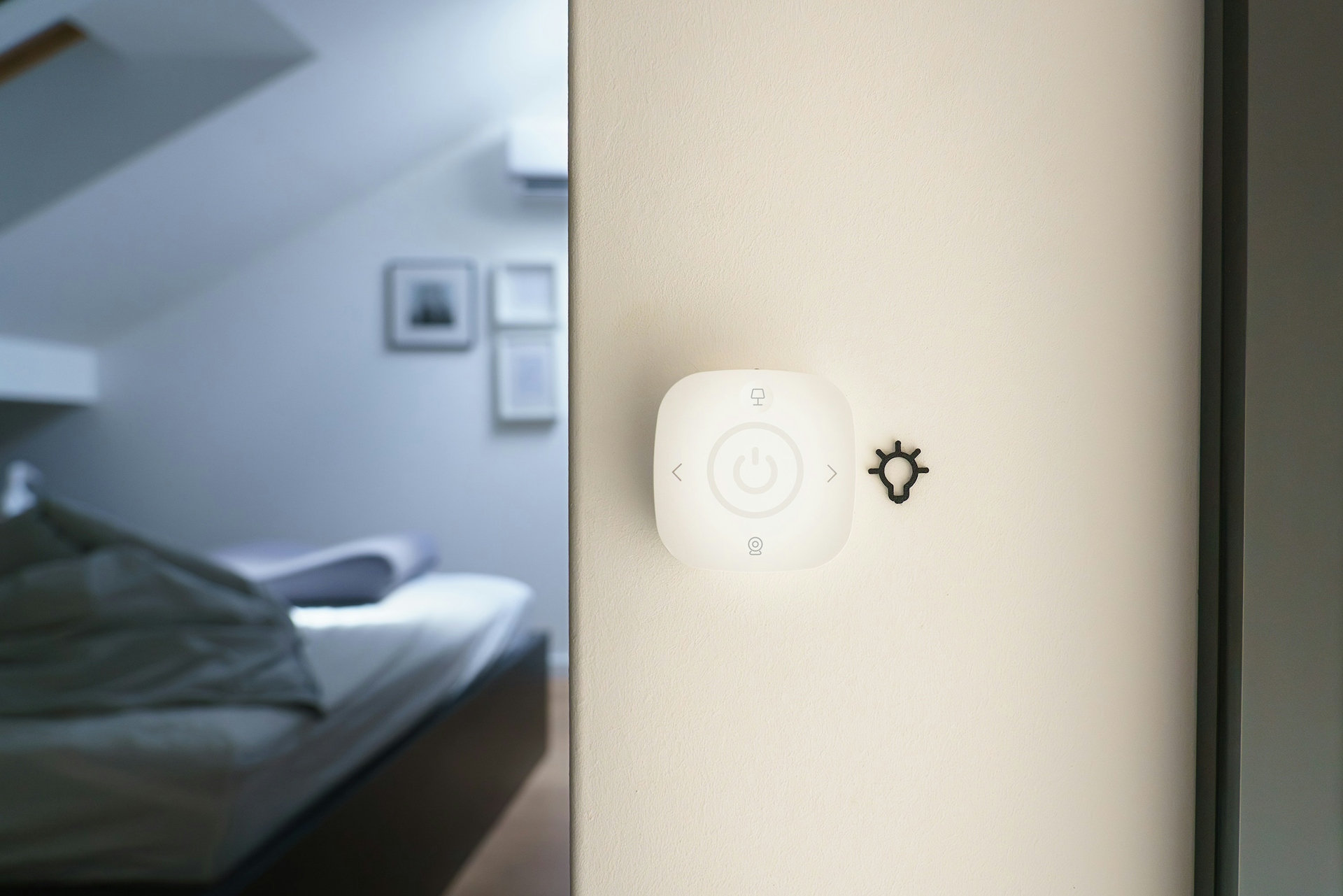Published November 3, 2024
Estimated read time: 2 mins
11 Aspects of IoT in Leadership: Transforming Organizations with Smart Connectivity

Pedro Pinto, MCC
Executive & Leadership Coach | Mentor Coach | NLP Master Practitioner | Coaching Facilitator
Effective leadership is the cornerstone of success in today's fast-paced business landscape. As technology advances, leaders must adapt to new paradigms to stay ahead. One such paradigm shift is the integration of the Internet of Things (IoT) into leadership practices. IoT, the network of interconnected devices that communicate and share data, is revolutionizing industries and reshaping how leaders manage their teams and organizations.
In a world where every aspect of our lives is becoming interconnected, it's only natural that leadership practices evolve to harness this connectivity for organizational growth. With its ability to seamlessly gather and transmit data, IoT is a game-changer that leaders can no longer afford to ignore.
Unleashing the Potential of IoT in Leadership
Consider a manufacturing plant where IoT sensors monitor production lines in real-time, detecting even the slightest fluctuations in performance. This data is then analyzed to optimize processes and ensure maximum efficiency. Leaders armed with this information can make data-backed decisions that positively impact productivity and bottom-line results.
Enhancing Decision-Making with Real-Time Insights
Let's take the example of a retail chain. Leaders can access up-to-the-minute stock levels, sales trends, and customer preferences by leveraging IoT-enabled inventory management systems. This real-time data equips them to make agile decisions, such as restocking high-demand items or tailoring promotions based on immediate market fluctuations.
Optimizing Resource Allocation through Data-Driven Leadership
A prime example of resource optimization through IoT can be found in smart buildings. Sensors regulate lighting, heating, and cooling systems based on occupancy, reducing energy waste. Leaders who embrace such data-driven approaches contribute to sustainability and cut costs significantly.
Facilitating Communication and Collaboration with IoT
In a world where remote work has become the norm, IoT-enabled communication tools bridge geographical gaps. Imagine a team spread across different time zones collaborating seamlessly through connected platforms. Leaders can foster a cohesive work environment and promote efficient knowledge sharing.
Predictive Analytics: Shaping the Future of Leadership
Predictive analytics, powered by IoT, empowers leaders with insights that go beyond reactive strategies. Take the healthcare industry, for instance. IoT devices can monitor patients' vital signs and send alerts to medical staff in case of abnormalities, enabling timely interventions and personalized care.
Overcoming Challenges in IoT Integration
While IoT offers remarkable potential, integrating it into leadership practices is challenging. For instance, legacy systems may not be compatible with IoT technologies, necessitating careful planning and investment. However, organizations that successfully navigate these challenges unlock unprecedented benefits.
Security and Privacy: Safeguarding Data in IoT Leadership
IoT's growth raises concerns about data security and privacy. Leaders must adopt robust cybersecurity measures to prevent unauthorized access and data breaches. A notable example is the financial sector, where IoT-powered transactions require stringent safeguards to protect sensitive information.
Ethical Considerations: Navigating the Moral Landscape
Leaders must also navigate the ethical implications of IoT, particularly concerning data collection and usage. In the realm of insurance, for instance, IoT-enabled devices that monitor driving behavior raise questions about the balance between personalized pricing and individual privacy.
Preparing Leaders for IoT-Driven Paradigms
To fully harness IoT's potential, leaders must cultivate a tech-savvy workforce. Upskilling employees to interpret and leverage IoT-generated data is essential. With their IoT-driven warehouses, companies like Amazon prioritize training to ensure seamless technology and human expertise integration.
Case Studies: Organizations Leading the IoT Transformation
One remarkable example of IoT-driven leadership is General Electric. GE optimized maintenance schedules, reduced downtime, and saved millions in costs by connecting industrial equipment. Similarly, Coca-Cola's Freestyle soda fountains collect data on customer preferences, enabling the company to tailor its product offerings.
The Road Ahead: Envisioning Tomorrow's IoT-Powered Leadership
As IoT continues to evolve, its potential in leadership will expand further. Imagine a scenario where AI-infused IoT devices analyze employee interactions to provide insights into team dynamics, enabling leaders to enhance collaboration and employee satisfaction.
IoT has transcended its role as a technological novelty and has become a catalyst for leadership innovation. Leaders who embrace IoT-driven paradigms gain a competitive edge, enhancing decision-making, communication, and resource management. The future of leadership is IoT-powered, and the time to unlock its potential is now.